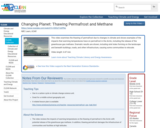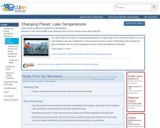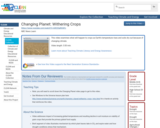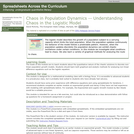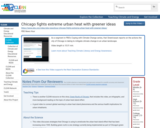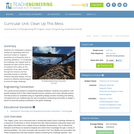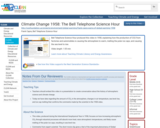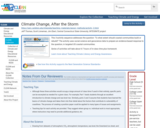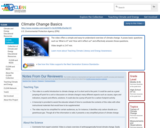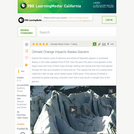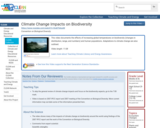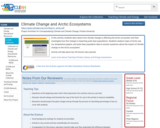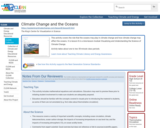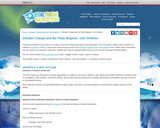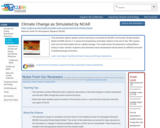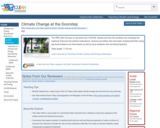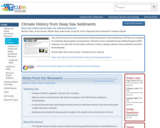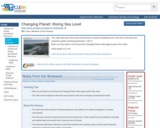
This video discusses the social and economic impacts (worldwide and in the US) of sea level rise caused by global warming (aired April 1, 2011). Note: you may need to scroll down the Changing Planet video page to get to this video.
- Subject:
- Applied Science
- Career and Technical Education
- Environmental Science
- Environmental Studies
- Geoscience
- History
- History, Law, Politics
- Oceanography
- Physical Science
- Provider:
- CLEAN: Climate Literacy and Energy Awareness Network
- Provider Set:
- CLEAN: Climate Literacy and Energy Awareness Network
- Author:
- NBC Learn
- Windows to the Universe
- Date Added:
- 10/27/2014
